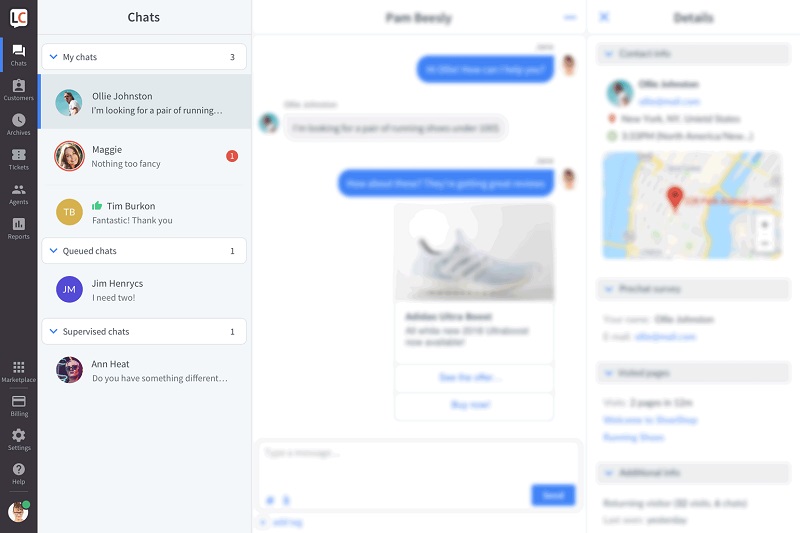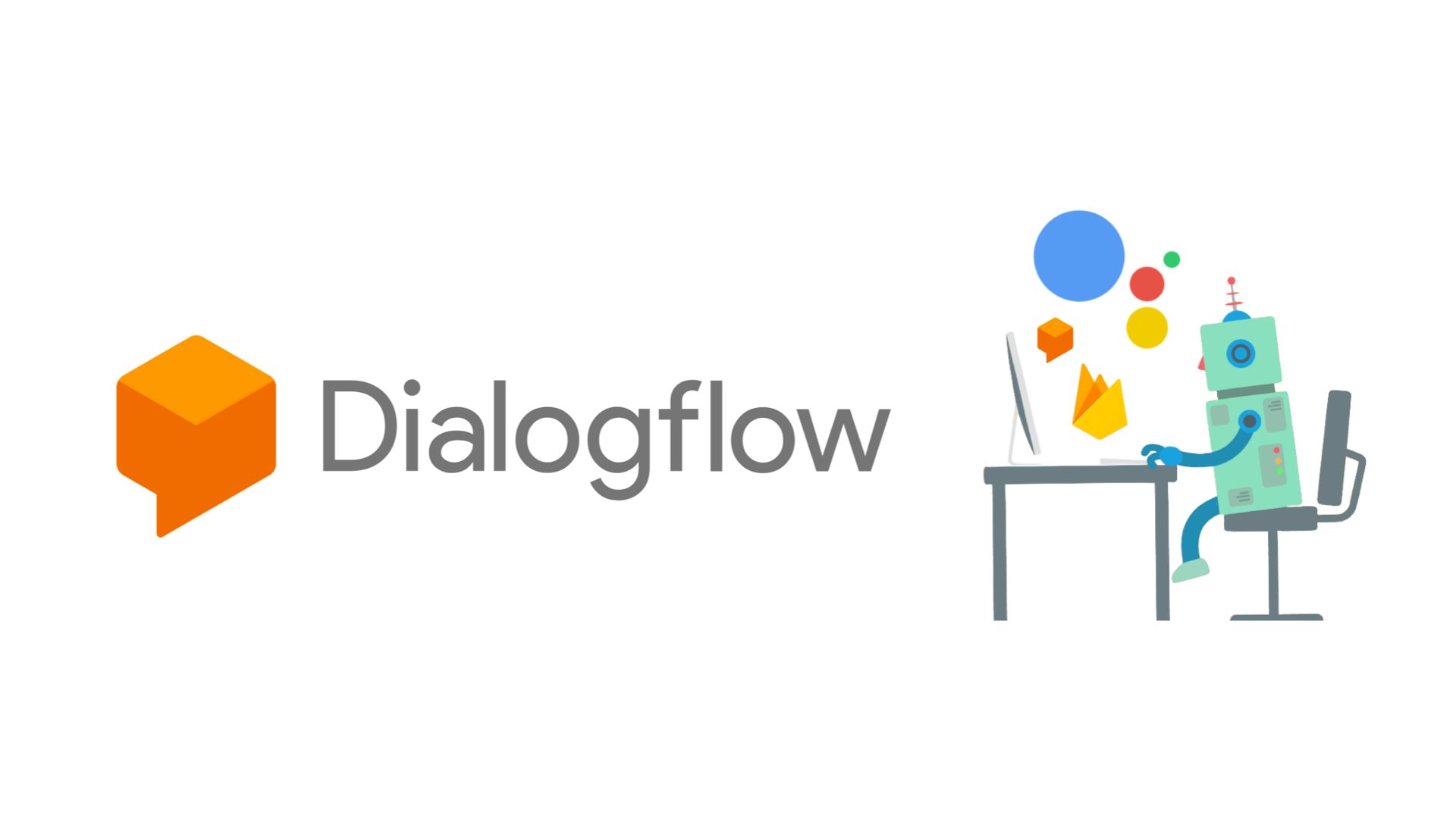As the planet is fascinated with a future full of electric vehicles and robot staff, automation of conversational interactions between businesses and customers has become a fact in the center of customer care. Companies across the world are leveraging AI to create smart virtual assistants, or chatbots, that integrate into every aspect of user-company communication.

Chatbots are rapidly spreading across more and more websites and messaging channels as people are becoming more and more conscious of their immense ability and huge effect on their companies. The evidence is clear that chatbots can boost consumer satisfaction greatly, render accessibility of products 24 hours a day, and offer good quality support to user requests.
The advances in AI and machine intelligence over the past five years means that talking to a chatbot is almost like interacting with real people, especially for narrow use cases such as in customer support, booking, purchasing, and getting answers to FAQs.
This is the reason why more and more business owners are creating and integrating Chatbots on their websites and other channels: saving a lot of time for their staff to do more skilled work. And of course, there are big cost savings to be found with the right chatbot.
Here are the 6 best Chatbots that help you to improve your business.
-
Amazon Lex
Anyone who admires Amazon Echo’s capabilities can use much of the same technology as Alexa’s voice. Amazon Lex is a tool for creating dialog interfaces with voice and text in any program. You may indicate a ‘goal’ for creating a bot on Lex, an activity that the consumer needs to do. For example, dentists can build a bot to schedule appointments.
The most important function may be the AWS cloud incorporation. Many of Amazon’s services include the building of Amazon’s Lambda and serverless platform functions, which work with all Amazon databases. If the data is already in the cloud or you use AWS for some other essential reason, incorporation will be reasonably simple. Like most AWS clouds, the Lex platform is charged based on the usage by counting the number of requests processed and minimizing start-up costs.

-
OpenAI’s GPT-4
OpenAI’s GPT-4, the latest iteration of its powerful generative pre-trained transformer models, offers an advanced and versatile approach to chatbot technology. With its cutting-edge natural language processing capabilities, GPT-4 can understand and generate human-like text, making it ideal for creating sophisticated conversational agents. Its applications range from customer service automation to providing interactive, engaging experiences for users. The adaptability and wide-ranging knowledge base of GPT-4 allow for highly effective communication and problem-solving, key elements for enhancing business operations.
-
IBM Watson Assistant
IBM Watson is well known to have played in a Jeopardy game eight years ago so you can now put a lot of the same technologies into a website or telephone line talk. The Watson label is broad and includes several forms of AI, so it is not the same code that Jeopardy earned, but it is necessary not to be too concerned with historical information. Your Chatbot version might not be the light of the moon as a trivia area, but it does answer some simple questions about your items.
Most of the technology has been developed to find answers from a broad raw data set. The Chatbot programming includes the detection of possible activities and IBM tools will flag past human chat logs that are worth programming. Watson Chatbots can be developed in many languages, including Java, Python, and JavaScript.

-
LivePerson
The LivePerson Chatbots are the front companies that interact with customer service before passing the most serious questions on to a live agent. The program tracks all meetings, emotions, and flies the experiences that may trigger irritation.
For all big text messaging solutions, the central cloud application incorporates and feeds the text into the network. With Conversation Builder, you can write LivePerson’s flow, a tool used to organize and test dialogs. The IntentBuilder and KnowledgeBase interaction builder use sample questions to figure out what the user might like to learn. There are many significant technologies and businesses that have pre-built frameworks.

-
LiveChat
LiveChat is a platform to support live agencies with a collection of the most frequently searched information and a knowledge database. The platform organizes and monitors ongoing user live-interactions with a ticketing system for problems needing further analysis.
LiveChat integrates with a large number of leading CMS platforms, but can also grab text from messaging platforms like Magento and Facebook. There are hundreds of choices for expanding and incorporating LiveChat in a significant “business” of plugins. If there’s no pre-built solution, a large API will open all corners of the application including the accounting or chatbox.

-
Dialog flow
The Google entry to the field works to track a conversation and activate actions with a voice and text input. It provides a proprietary framework for the monitoring of the call in a series of requests. Google has, however, focused on combining its platform with a range of external providers, from Facebook messenger to complete rivals including Amazon Alexa or Microsoft Cortana.
Dialog flow also provides a versatile set of metrics that integrate findings into the learning algorithms of the platform so that they develop their reactions over time. You may search the chat notes, change the responses, and retrain the program. The documents also contain several pre-built versions for dozens of common cases, such as a restaurant table reservation or a local service search.

Interesting Relate Article: “AI chatbots can boost sales“

